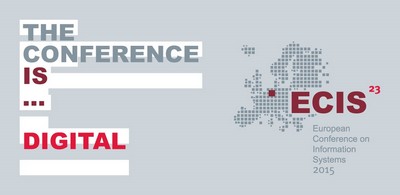DOI
10.18151/7217273
Abstract
Churn modeling is important to sustain profitable customer relationships in saturated consumer markets. A churn model predicts the likelihood of customer defection. This is important to target retention offers to the right customers and to use marketing resources efficiently. The prevailing approach toward churn model development, supervised learning, suffers an important limitation: it does not allow the marketing analyst to account for campaign planning objectives and constraints during model building. Our key proposition is that creating a churn model in awareness of actual business requirements increases the performance of the final model for marketing decision support. To demonstrate this, we propose a decision-centric framework to create churn models. We test our modeling framework on eight real-life churn data sets and find that it performs significantly better than state-of-the-art churn models. Further analysis suggests that this improvement comes directly from incorporating business objectives into model building, which confirms the effectiveness of the proposed framework. In particular, we estimate that our approach increases the per customer profits of retention campaigns by $.47 on average.
Recommended Citation
Baumann, Annika; Lessmann, Stefan; Coussement, Kristof; and De Bock, Koen W., "Maximize What Matters: Predicting Customer Churn With Decision-Centric Ensemble Selection" (2015). ECIS 2015 Completed Research Papers. Paper 15.
ISBN 978-3-00-050284-2
https://aisel.aisnet.org/ecis2015_cr/15


